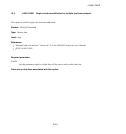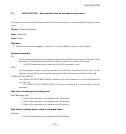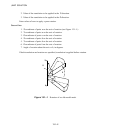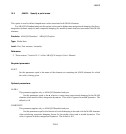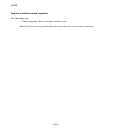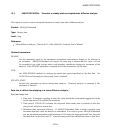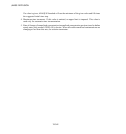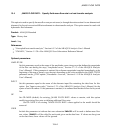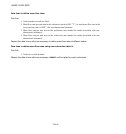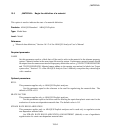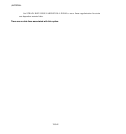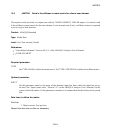*
MASS DIFFUSION
13.3
*
MASS DIFFUSION: Transient or steady-state uncoupled mass diffusion analysis.
This option is used to control uncoupled transient or steady-state mass diffusion analysis.
Product: ABAQUS/Standard
Type: History data
Level: Step
Reference:
•
“Mass diffusion analysis,” Section 6.8.1 of the ABAQ US Analysis User ’s Manual
Optional parameters:
DCMAX
Set this parameter equal to the maxim um normalized concentration change to be allowed in
an increment. ABAQUS/Standard will restrict the time step to ensure that this value will not
be exceeded at any node (except nodes with boundary conditions) during any increm ent of the
analysis. If the DC MAX parameter is omitted, fixed time increments will be used.
END
Set END=PERIOD (default) to analyze the entire time period specified on the data line. Set
END=SS to end the analysis when steady state is reached.
STEADY STATE
Include t his parameter to c hoose steady-state analysis. Tran sient a nalysis is assumed if this
parameter is omitted.
Data line to define time stepping in a mass diffusion analysis:
First (and only) line:
1. Time step. If automatic stepping is used, this value should be a reasonable suggestion for the
initial step and will be adjusted as necessary.
2. Time period. If END=SS is chosen, the step ends when steady state is reached or after this
time period, whichever occurs first.
3. Minim um tim e increment allowed. If ABAQUS/Standard finds it needs a sm aller time
increment than this value, the analysis is terminated. If no value is given, ABAQUS/Standard
sets the minimum increment to the minimum of 0.8 times the suggested initial time step (the
first data item on this line) and 10
−5
times the time period (the second data item on this line).
13.3–1
ABAQUS Version 6.1 Module:
ID:
Printed on:



